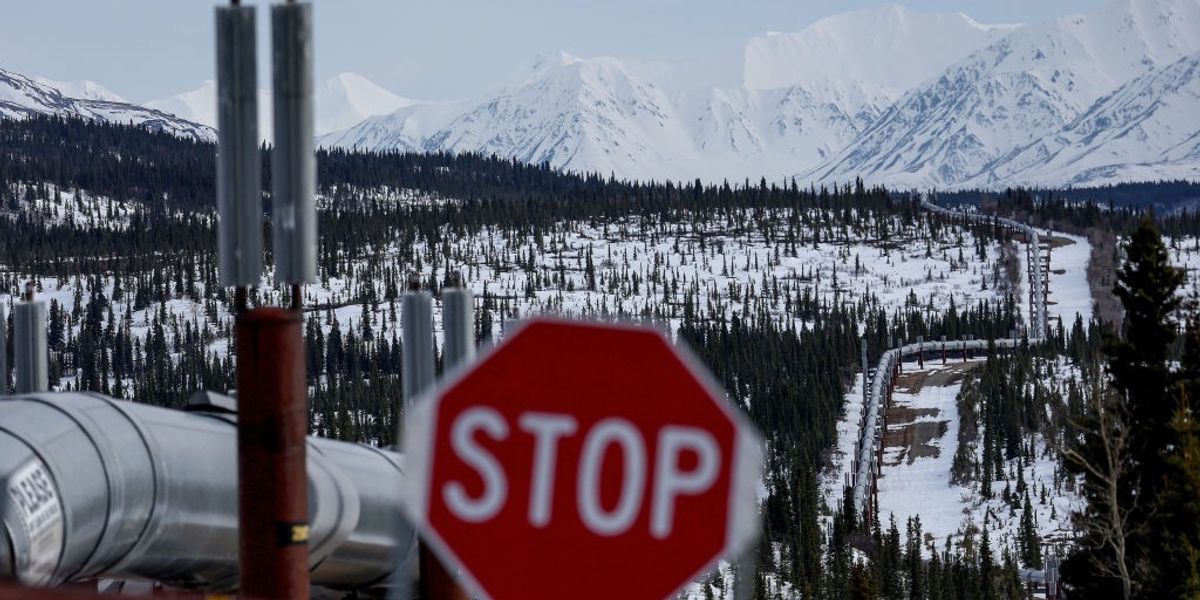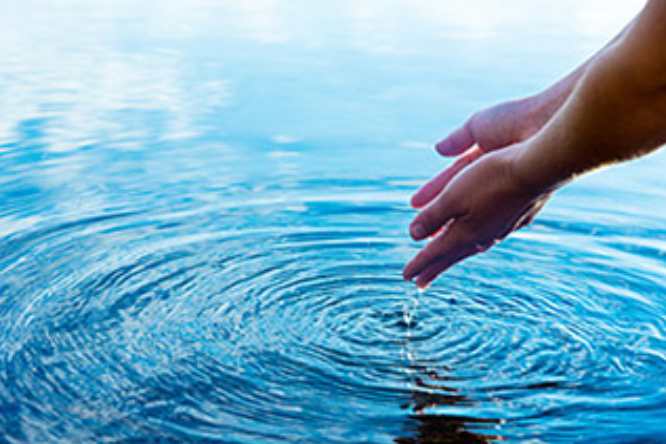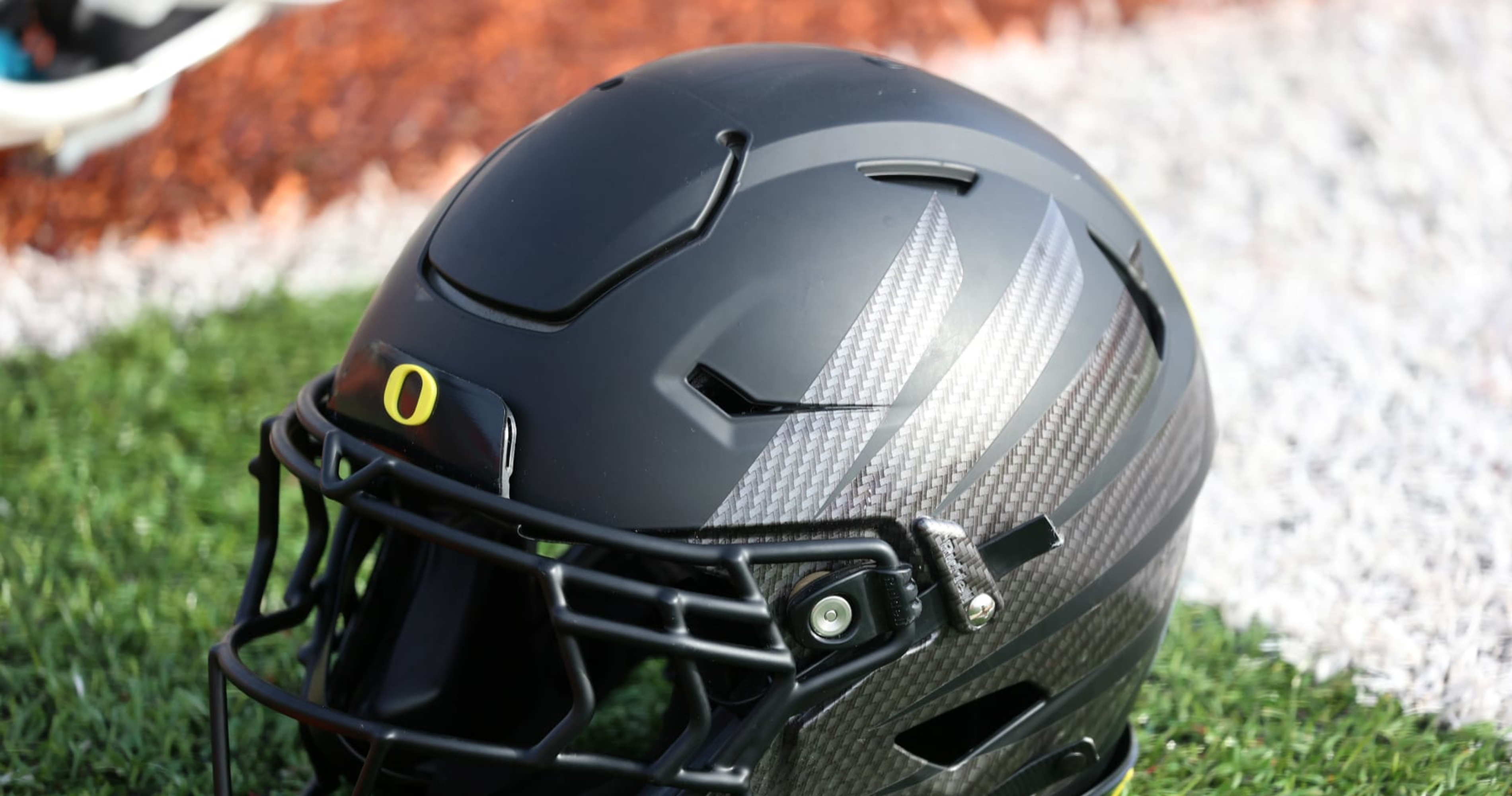Alaska
Why water in many Alaska’s rivers is turning orange – Times of India

“The more we flew around, we started noticing more and more orange rivers and streams,” said study co-author and National Park Service ecologist Jon O’Donnell.“There are certain sites that look almost like a milky orange juice. Those orange streams can be problematic both in terms of being toxic but might also prevent migration of fish to spawning areas.”
Permafrost, which is rock or soil containing ice that remains frozen for two or more years, covers about 80 percent of the ground in Alaska. The state is warming two to three times faster than the global average, causing significant thawing of permafrost, a report in Popular Science said.
As ice-filled permafrost begins to thaw, it can turn into mud that cannot support the weight of the soil or vegetation above it. This can lead to damage to human-built infrastructure including buildings, homes, pipes, and roads. Thawing permafrost can also expose organic matter, including the remains of dead plants, which release methane and carbon dioxide into the atmosphere. Additionally, long-dead viruses or bacteria that could potentially threaten human health may be released.
Visible from space
In 2018, O’Donnell first noticed a river that appeared rusty, despite being clear the year before. To investigate further, O’Donnell and the research team documented and sampled some of the impaired waters. They examined 75 locations across northern Alaska’s Brooks Range, an area about the size of Texas.
“The stained rivers are so big we can see them from space,” said study co-author and University of California, Davis geochemist Brett Poulin. “These have to be stained a lot to pick them up from space.”
Poulin observed that the staining in the water appeared similar to what happens during acid mine drainage. However, there were no mines near the impaired rivers, which include the Salmon River and other federally protected waters.
Chemical changes
The researchers hypothesize that as the permafrost melts, the minerals stored inside the frozen ground are released. Metal ores that were once locked up are then exposed to water and oxygen, releasing acid and metals into the river.
“Chemistry tells us minerals are weathering,” Poulin explained. “Understanding what’s in the water is a fingerprint as to what occurred.”
Initial samples collected in June and July 2023 showed some waters had a pH of 2.3, while the average pH for these rivers is 8. This indicates that sulfide materials are weathering and making the water more acidic. The researchers also found elevated levels of iron, zinc, nickel, copper, and cadmium. “One of the most dominant metals is iron. That’s what is causing the color change,” noted UC Davis Ph.D. candidate Taylor Evinger.
Implications for ecosystems
The team is currently in the second year of a three-year grant aimed at understanding what is happening in the waters, determining what other areas could be at risk, and assessing what it means for fishing stocks and drinking water. The problem is growing, affecting habitat, water quality, and other ecological systems. It is degrading otherwise healthy habitats and could threaten the safety of drinking water in rural areas.
“There’s a lot of implications,” O’Donnell said. “As the climate continues to warm, we would expect permafrost to continue to thaw and so wherever there are these types of minerals, there’s potential for streams to be turning orange and becoming degraded in terms of water quality.”
More detailed work is needed to better understand the problem and to see if rivers and streams can rebound after colder weather restores permafrost. Satellite images dating back to 2008 show that the waters have been changing color for well over a decade and could only be growing over time.
“The issue is slowly propagating from small headwaters into bigger rivers over time,” O’Donnell said. “When emergent issues or threats come about, we need to be able to understand them.”

Alaska
Gardening Tips: Successfully cultivating red rhubarb in Alaska

FAIRBANKS, Alaska (KTVF) – Among the wide world of vegetables, a popular one to grow in the Alaskan Interior is rhubarb.
Glen Risse, Co-Owner of Risse Greenhouse, said, “Rhubarb is something we enjoy growing, and our customers can’t get enough of. We grow a variety called the Canadian Red, which gives you red stalks and makes your pies much prettier than the green stalks.”
These particular rhubarbs are grown using a technique called separation. “They develop plants underground, and we separate them and put them in pots, and over time, they develop much larger plants,” said Risse.
Separation can be done using a shovel, as long as some of the main stalk is in each half. “We’re going to cut this plant right in half. So, attached to the bottom of this plant are these big, long, brown, underground stems, and what you can do… if you just remove some of the larger leaves so the plant isn’t trying to support a bunch up top, this is a great start right here. You put that in the ground, and it will grow.”
While rhubarbs can be planted year round, spring is the best season to separate them.
Risse noted that the leaves on rhubarb are poisonous. “It also is a high consumer of a minor element called molybdenum, so if you can, what’s best is to take your leaves and tear them up and put them back around the base of your plants. This will ensure that you have the molybdenum you need for your plants to grow healthy.”
When picking rhubarb, Risse recommends going all the way down to the bottom of the stalk for a clean grab. “You don’t want to snap it off in the middle, because that will give you a place where the plant could rot.”
Seed pots, meanwhile, can be torn out from the bottom as well and reintroduced into the soil.
While the color of the rhubarb doesn’t affect its flavor, many prefer a red tint for aesthetic reasons when making rhubarb pie. “If your rhubarb isn’t as red as you like, you can take and get a little bit of some ash out of your wood stove and sprinkle it around the base of your plant. That potash will change the PH and your rhubarb will turn red,” Risse advised.
He added, however, that too much ash can kill the plant.
Risse recommends planting individual rhubarb plants about three feet apart, and cutting rhubarb about an inch away from the leaf.
Copyright 2024 KTVF. All rights reserved.
Alaska
Alaska implements limits on cruise ship passengers after record footfall
)
While many businesses benefit from tourist spending, residents are increasingly troubled by noisy helicopters, congested streets and trails, and environmental damage. To address these issues, Juneau has struck a deal with the Cruise Lines International Association in Alaska. The agreement sets daily limits of 16,000 passengers from Sundays to Fridays, and 12,000 on Saturdays
read more
Alaska’s capital city Juneau located on the Gastineau Channel, is taking action to manage the influx of cruise ship tourists, amid rising worries about the impact on local life.
This came also after city saw a record 1.65 million cruise passengers last year, marking a 23% increase from previous highs.
While many businesses benefit from tourist spending, residents are increasingly troubled by noisy helicopters, congested streets and trails, and environmental damage. To address these issues, Juneau has struck a deal with the Cruise Lines International Association in Alaska. The agreement sets daily limits of 16,000 passengers from Sundays to Fridays, and 12,000 on Saturdays.
Alexandra Pierce, Juneau’s tourism manager, highlighted city’s stance on managing growth within its current infrastructure limitations. She highlighted the importance of balancing economic benefits with residents’ concerns and preserving local livelihoods.
Despite this effort, longtime critic of the cruise industry, Karla Hart, remains skeptical. She fears that even with the agreed limits, the city could still see record-breaking arrivals during the 22-week cruise season. Hart is advocating for a local referendum proposing “ship-free Saturdays” to protect community quality of life.
The global cruise industry, rebounding strongly post-pandemic, continues to grow with increasingly large ships. For instance, the Icon of the Seas, launched in January, accommodates over 7,000 passengers and boasts the world’s largest onboard waterpark.
Juneau’s concerns echo those of other cities worldwide grappling with social and environmental impacts from cruise tourism. Venice has banned large cruise ships from its lagoon, while Barcelona and Amsterdam have implemented restrictions and taxes to mitigate these effects.
Hart highlighted ongoing concerns about emissions, ship strikes, and climate change attributed to cruise ship and urged further measures to safeguard Juneau’s environment and community well-being.
Alaska
YMCA of Alaska and Alyeska Ski Resort break down new development plans

The Supreme Court on Friday struck down a Trump-era ban on bump stocks, the rapid-fire gun accessory used in the 2017 Las Vegas mass shooting that killed 60 people — including the gunman — and wounded more than 400. Alaskans reacted to the ruling Friday, many expressing mixed reactions.
-

 News1 week ago
News1 week agoWoman handcuffed in police car hit by freight train reaches $8.5M settlement
-

 News1 week ago
News1 week agoIsrael used a U.S.-made bomb in a deadly U.N. school strike in Gaza
-

 World1 week ago
World1 week agoEconomy, migration: Voters' main concerns ahead of elections
-

 Politics1 week ago
Politics1 week agoTrump campaign accelerates vetting of potential running mates
-

 Movie Reviews1 week ago
Movie Reviews1 week agoShort Film Review: Blue and White (2022) by Hiroyuki Nishiyama
-

 World1 week ago
World1 week agoFrance to provide Ukraine with its Mirage combat aircraft
-

 World1 week ago
World1 week agoWorld leaders, veterans mark D-Day’s 80th anniversary in France
-

 World1 week ago
World1 week agoRussia-Ukraine war: List of key events, day 833







:max_bytes(150000):strip_icc():focal(749x0:751x2)/Oaks-Amusement-Park-061524-2-b1db5ed0bbe54113ba29cc4a89b4f5e2.jpg)











